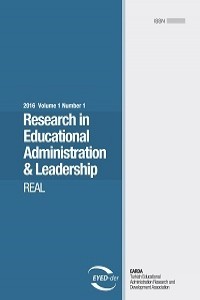Abstract
References
- Aldrich, R. (1996). Education for the nation. London: Cassell.
Can the Japanese Educational System Design the Future? The Historical Experience of Universalization in Upper Secondary Education
Abstract
This paper illustrates the historical process of
the prevalence of upper secondary education in Japan focusing on the public and
private relationships. After reviewing high school policy at the central
administration, actual high school supply at local government levels is
examined and the harmonious relationship between public and private sectors is
introduced. Japanese private schools
must fulfill the same standards of school facilities, teachers’ licenses, and
curriculum as those of public schools, under the control of school education
laws with a few exceptions. The universal upper secondary education in Japan
has been managed with diversities between local prefectures. Japanese education
succeeded in the wave of industrialization and constructed a cooperation between public and
private high schools. This educational system has supported Japanese
development to achieve competent human resources. However, Japan is now facing
a new difficulty of determining what further steps to take in the pursuit of top
school education in a post-industrialized global world.
References
- Aldrich, R. (1996). Education for the nation. London: Cassell.
Details
| Primary Language | English |
|---|---|
| Journal Section | Articles |
| Authors | |
| Publication Date | December 30, 2017 |
| Published in Issue | Year 2017 Volume: 2 Issue: 2 |
Cite





